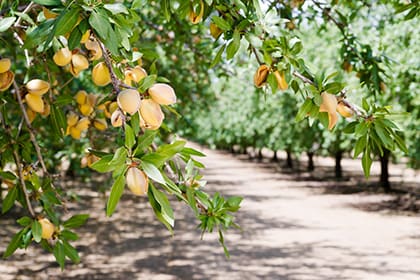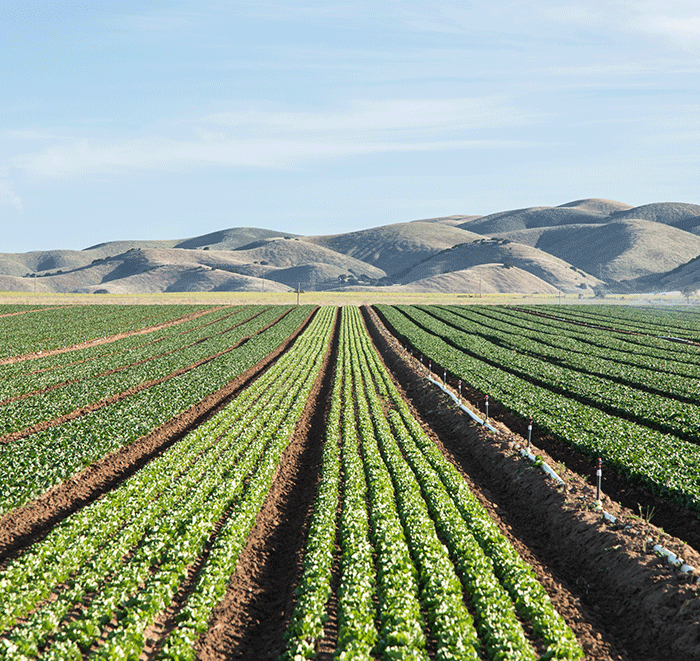

Tip Crop Profitability into Your Favor Using Three Levers
Every crop operation has its own threshold for setting expectations for profitability, from pounds produced per tree to hundredweight per acre to dollars per enterprise.
But success ultimately delivers a positive total crop sales minus a total input costs outcome.
Matt Comrey, Wilbur-Ellis Western South technical nutrition agronomist, believes nut crop growers, with their PCAs (pest crop advisers), can maintain and/or improve profitability by understanding and implementing three key “levers”: crop yield, crop quality and efficiency.
In getting the yield lever to boost profits, Comrey said, “The strategy is effective when input costs are relatively low, and a higher degree of management is used. If growers can marginally improve yield while keeping production costs relatively flat, they can attain greater profitability.”
 Comrey said the yield lever is tricky to use with permanent nut crops because of the inverse relationship between crop load and nut size. As crop load goes up, individual nut size goes down. It is a tradeoff between delivering more pounds of nuts, but potentially missing size premiums.
Comrey said the yield lever is tricky to use with permanent nut crops because of the inverse relationship between crop load and nut size. As crop load goes up, individual nut size goes down. It is a tradeoff between delivering more pounds of nuts, but potentially missing size premiums.
Quality is the second lever. If growers implement practices that will enhance the quality of their crops, they can potentially receive premiums and/or see fewer deductions from processors. With a little extra effort and increased attention to cultural practices like irrigation management, growers can potentially deliver a higher quality crop and see a greater return.
Comrey says the third lever is nutrient use efficiency. When growers implement certain adjustments to cultural practices involving fertility – fertigation and irrigation timing, and applying the right nutrient forms for the situation – they can expect more resourceful nutrient use and more yield from the same or fewer inputs. With an increased focus on cultural practices that improve nutrient management, growers can be more profitable even when yields remain flat.


None of these levers are particularly difficult to incorporate into a grower’s management plan, added Comrey. They are all levers that growers can implement tomorrow for better profitability.
“The bottom line is to be conscious of how and when to use all three levers,” he said. “While permanent crop growers are well suited to place efficiency at the top of their priority list, followed by crop quality, that may not be the case for all crops. Yield may have higher priority.”
Comrey encourages growers to maintain a long-term focus and avoid kneejerk decisions to reduce costs. When growers become too reactive and too aggressive in implementing cost-cutting strategies, future yield potential can be hindered.
“An orchard is a 30-year investment that requires long-term thinkers to look well into the future to maximize production opportunities, for example. With the right plan and PCA partnership, growers can use these levers to weather any volatility,” he said.

